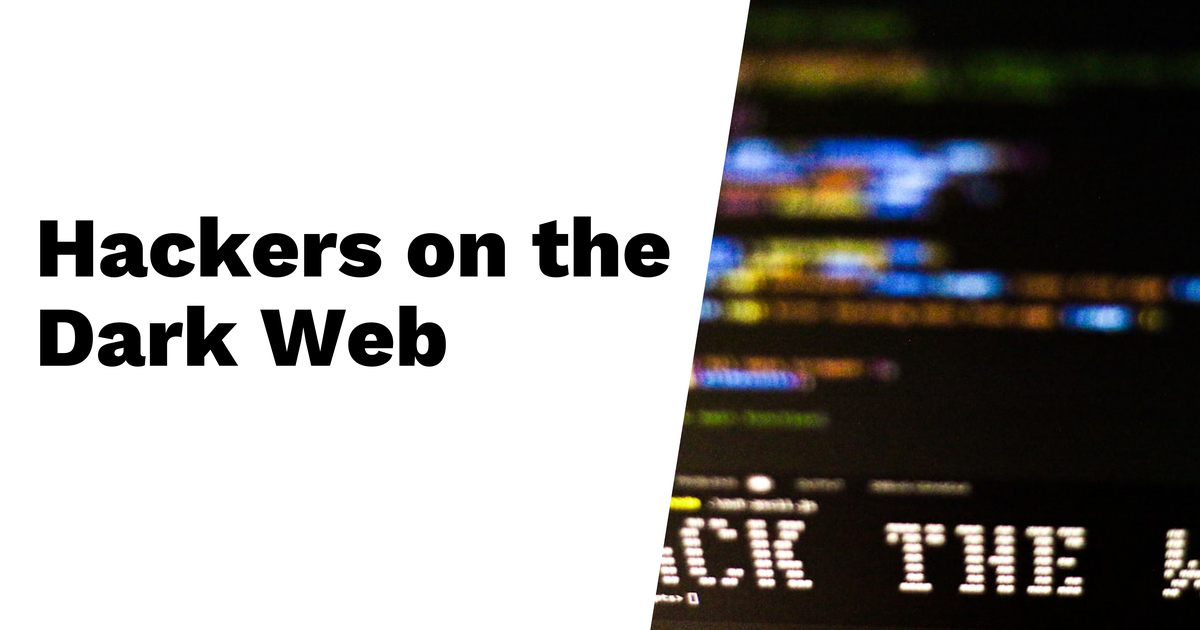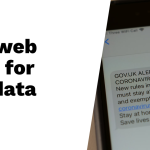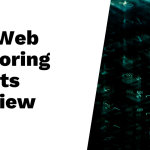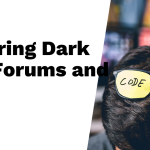The dark web is a hidden part of the internet that requires special browsers, like Tor, for access. Often associated with illegal activities, it also serves legitimate needs for privacy and free speech. While browsing isn’t illegal, buying drugs or stolen data definitely is, it’s estimated that around 57% of content there is illicit. Cybercriminals range from state-sponsored groups conducting political attacks to ransomware gangs offering their services to affiliates. Emerging trends suggest an increase in AI-driven cybercrime and decentralized ransomware operations as law enforcement cracks down on major players. Users must also be cautious of malware and scams while protecting personal data diligently.
Table of Contents
- Understanding the Dark Web
- Legal and Illegal Uses
- Types of Cybercriminals on the Dark Web
- Common Activities on the Dark Web
- Emerging Trends and Predictions for 2025
- Risks of Browsing the Dark Web
- Protective Measures
- Frequently Asked Questions
1. Understanding the Dark Web
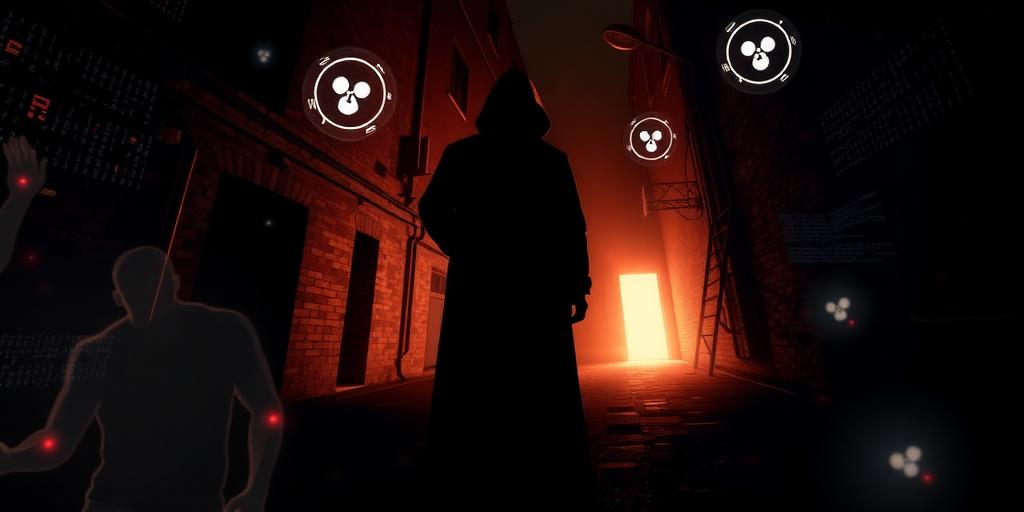
The dark web is a hidden part of the internet, operating on a network of encrypted sites that require special software like Tor or I2P to access. This anonymity makes it hard to trace user activity, which is why many people are drawn to it, particularly those seeking privacy in oppressive regimes. While it’s often painted as a hub for illegal activities, the dark web also offers a space for legitimate discussions and exchanges, allowing users to engage in topics they might avoid elsewhere.
This layer of the internet is part of the broader deep web, which includes all non-indexed content, like private databases. Within the dark web, various marketplaces and forums exist, facilitating both legal and illegal exchanges. Some users trade cryptocurrencies to maintain their anonymity, adding another layer of complexity. However, understanding the culture of the dark web is crucial: it has its own slang and community norms that can be unfamiliar to outsiders.
It’s important to note that while browsing the dark web itself isn’t illegal, engaging in illicit activities can lead to serious legal consequences. The architecture of the dark web allows certain sites to remain up despite crackdowns, providing refuge for whistleblowers and activists. This dual nature of the dark web makes it a fascinating yet dangerous place, where users must tread carefully.
2. Legal and Illegal Uses
The dark web serves as a complex platform where legal and illegal activities coexist. On one hand, it allows for free speech and secure communication, particularly for journalists and activists operating in oppressive regimes. Many individuals utilize the dark web to discuss sensitive topics without fear of censorship, and some platforms even support whistleblowers aiming to expose corruption. For instance, tools and services focused on privacy are available, catering to users who value their anonymity.
However, the dark web is also notorious for its illegal activities. An estimated 57% of the content found there is illegal, including drug trafficking, human trafficking, and the sale of illegal weapons. The anonymity it provides attracts hackers eager to sell stolen data, such as personal and financial information. This blurred line between legal and illegal activities creates a challenging environment, especially as many dark web sites claim to operate under a code of conduct, which is often not strictly enforced.
Users must tread carefully, as scams are prevalent even in areas that appear to operate legally. Law enforcement agencies actively monitor the dark web to track criminal activities, but the sheer volume of transactions makes it difficult to regulate completely. This duality of the dark web complicates the narrative, illustrating how it can be both a sanctuary for free speech and a marketplace for criminal enterprises.
3. Types of Cybercriminals on the Dark Web
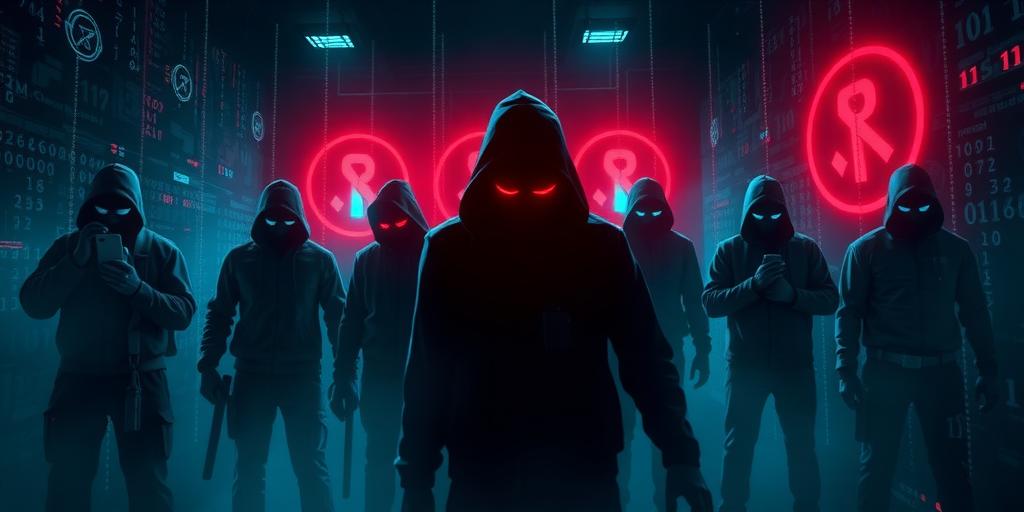
Cybercriminals on the dark web come in various forms, each with unique motives and methods. Some are lone hackers, acting independently to exploit vulnerabilities for personal gain. Others are part of organized crime syndicates, working together to create more complex schemes. For instance, ransomware gangs like LockBit provide tools and services that allow other criminals to launch attacks without needing extensive technical knowledge, furthering their reach and impact.
A notable group among these cybercriminals is the state-sponsored actors, who conduct politically motivated attacks. These groups, such as APT28 from Russia, often target governments and corporations, leveraging the anonymity of the dark web to execute their plans without immediate repercussions. Additionally, there are fraudsters who create fake identities, scamming unsuspecting victims out of money or personal information, relying on the trust of their targets.
Doxxing is another tactic used by some hackers, as they leak personal information to intimidate or harm individuals, demonstrating the darker side of anonymity. In contrast, hacktivists operate with a different agenda, seeking social or political change rather than financial gain. They challenge traditional cybercriminals by using their skills to promote causes they believe in, often targeting entities that they view as unjust.
The dark web also fosters collaboration among cybercriminals. Many form alliances to share resources, tools, and knowledge about exploits, which increases the sophistication of attacks. Emerging threats are on the rise, with some criminals utilizing machine learning to analyze data and predict vulnerabilities, making their operations even more dangerous. With the dark web’s lack of regulation, these criminals can operate with relative impunity, creating a thriving underground economy.
4. Common Activities on the Dark Web
Dark web marketplaces operate similarly to e-commerce sites, but they deal in illegal goods and services. These platforms often feature user ratings and reviews, helping buyers make informed decisions. One of the prominent activities includes purchasing hacking services, like DDoS attacks or website defacement. This accessibility means even individuals without technical skills can engage in cybercrime.
Another common activity is the trading of stolen personal data, such as credit card information and login credentials. Prices for this data can fluctuate based on its quality; for instance, hacked Facebook accounts can fetch around $25. Additionally, illicit drugs and counterfeit documents, including fake passports and IDs, are readily available, facilitating various illegal activities.
Forums on the dark web serve as knowledge hubs where individuals share techniques related to hacking and cybercrime. Users often seek privacy and security tools to protect their online identity while engaging in these activities. Unregulated online gambling and betting also occur, attracting individuals looking to escape legal constraints.
Moreover, some users participate in niche communities that explore interests ranging from conspiracy theories to technology discussions. However, it’s crucial to note that the dark web also hosts a variety of illegal content, including pornography, which presents serious ethical and legal concerns.
- Marketplaces on the dark web resemble e-commerce sites but sell illegal goods and services, often with user ratings and reviews.
- Users can purchase hacking services, including DDoS attacks or website defacement, making it accessible even to non-technical individuals.
- Counterfeit documents, such as fake passports and IDs, are commonly sold, facilitating various illegal activities.
- Some dark web forums serve as hubs for sharing knowledge and techniques related to cybercrime and hacking.
- Users often engage in trading stolen credit cards and personal data, with prices varying based on the data’s quality.
- Certain sites offer illicit drugs, with vendors using reviews to build trust and attract buyers.
- There are dark web services that provide privacy and security tools, catering to those wanting to protect their online identity.
- Online gambling and betting occur in unregulated environments, often attracting those seeking to escape legal constraints.
- Some users engage in social interactions or communities focused on niche interests, ranging from conspiracy theories to technology discussions.
- The dark web hosts a variety of illegal pornography, which poses serious ethical and legal implications.
5. Emerging Trends and Predictions for 2025
As we look ahead to 2025, the landscape of the dark web is set to evolve significantly. One major trend is the increasing use of artificial intelligence in cybercrime. Criminals are likely to automate attacks, making them more efficient and harder to detect. Alongside this, cryptocurrencies will continue to play a crucial role in facilitating transactions on the dark web, with advancements making it easier for criminals to launder money. We may also see the rise of decentralized platforms, allowing cybercriminals to operate without central control, especially as law enforcement intensifies its efforts to crack down on organized crime. This shift could lead to a proliferation of privacy coins, complicating authorities’ ability to track illicit transactions.
The rise in remote work presents another layer of vulnerability, as individuals outside corporate security measures may become more susceptible to dark web scams. Furthermore, collaboration among cybercriminals could result in more sophisticated attacks, as they share resources and intelligence. Public awareness of the dark web is expected to increase, potentially leading to greater scrutiny and regulation. Interestingly, the dark web may also see a surge in underground marketplaces for legal items, as users seek alternatives to mainstream platforms. Overall, emerging technologies like blockchain could shape both criminal operations and law enforcement tactics, making the dark web a continuously evolving battleground.
6. Risks of Browsing the Dark Web
Browsing the dark web comes with serious risks that users often underestimate. One major concern is malware, which can easily infect devices and compromise personal information. Many users may find themselves victims of scams, losing money through fraudulent transactions or services that promise more than they deliver. Legal repercussions are another significant risk, as law enforcement agencies are actively monitoring dark web activities, and engaging in illegal actions can lead to serious consequences.
The anonymity the dark web offers can create a false sense of security. This can lead users to take unnecessary risks, thinking they are protected when they are not. Moreover, exposure to disturbing content and illegal activities can have lasting psychological effects, making it a potentially harmful environment. Users might unknowingly download harmful software or fall victim to phishing attacks designed to steal their information.
Navigating the dark web requires a solid understanding of cybersecurity. Without it, users can easily become targets of various threats. Accessing the dark web over public Wi-Fi networks can further increase the risk, making devices more vulnerable to attacks. Additionally, engaging with certain communities on the dark web can lead to social repercussions, including harassment or real-life targeted attacks. Lastly, the dark web is rife with misinformation, making it difficult for users to separate fact from fiction.
7. Protective Measures
To navigate the dark web safely, it is crucial to implement various protective measures. Using a VPN can help mask your IP address, providing a layer of anonymity when accessing dark web sites. Regularly updating your software and operating systems is also important, as it protects against vulnerabilities that cybercriminals might exploit. Strong and unique passwords for each account can prevent unauthorized access to your personal information, and employing two-factor authentication adds an extra layer of security to sensitive accounts, making them harder to compromise.
Being aware of phishing tactics can help you avoid falling victim to scams that often target individuals on the dark web. Monitoring your personal data through identity theft protection services can alert you to potential breaches or misuse of your information. Educating yourself about the risks associated with the dark web and best practices for safe browsing can empower you to navigate these spaces more responsibly.
It is also wise to avoid downloading unknown files or software while browsing, as these can harbor harmful malware. Lastly, establishing a secure online presence through privacy settings on your social media can limit exposure to unwanted attention from cybercriminals, and regularly reviewing your online accounts for suspicious activity can help you detect potential threats early.
Frequently Asked Questions
What is the dark web, and how is it different from the regular web?
The dark web is a part of the internet that isn’t indexed by standard search engines. It’s hidden behind specific software, like Tor, and often used for anonymous browsing and communication. Unlike the regular web, which is accessible to everyone, the dark web requires special tools to access.
How do hackers stay anonymous on the dark web?
Hackers use tools like VPNs and the Tor network to hide their real identities. These tools mask their IP addresses, making it hard to trace their activities back to them, which helps them operate without being caught.
What types of illegal activities do hackers engage in on the dark web?
On the dark web, hackers may sell stolen data, provide hacking services, or trade illegal goods like drugs and weapons. They often communicate in coded language to avoid detection.
Can anyone access the dark web, and how does one get there?
Yes, anyone can access the dark web, but it requires specific software, like Tor. Users need to download this software to safely browse the dark web while keeping their identity hidden.
Are there ways to protect myself from hackers on the dark web?
To protect yourself, use strong passwords, enable two-factor authentication, and regularly update your software. Staying informed about online security threats can also help you avoid becoming a victim.
TL;DR The dark web is an unindexed part of the internet accessed via specific browsers like Tor, often associated with illegal activities but also important for privacy. Although browsing is legal, engaging in illicit acts is not, with about 57% of dark web content being illegal. Cybercriminals range from state-sponsored actors to ransomware gangs, infostealers, and cryptocurrency launderers. Common activities include buying stolen data and illegal goods. In 2025, trends may include AI-driven cybercrime and decentralized ransomware groups. Risks involve malware and legal issues, emphasizing the need for protective measures like strong passwords and two-factor authentication.

